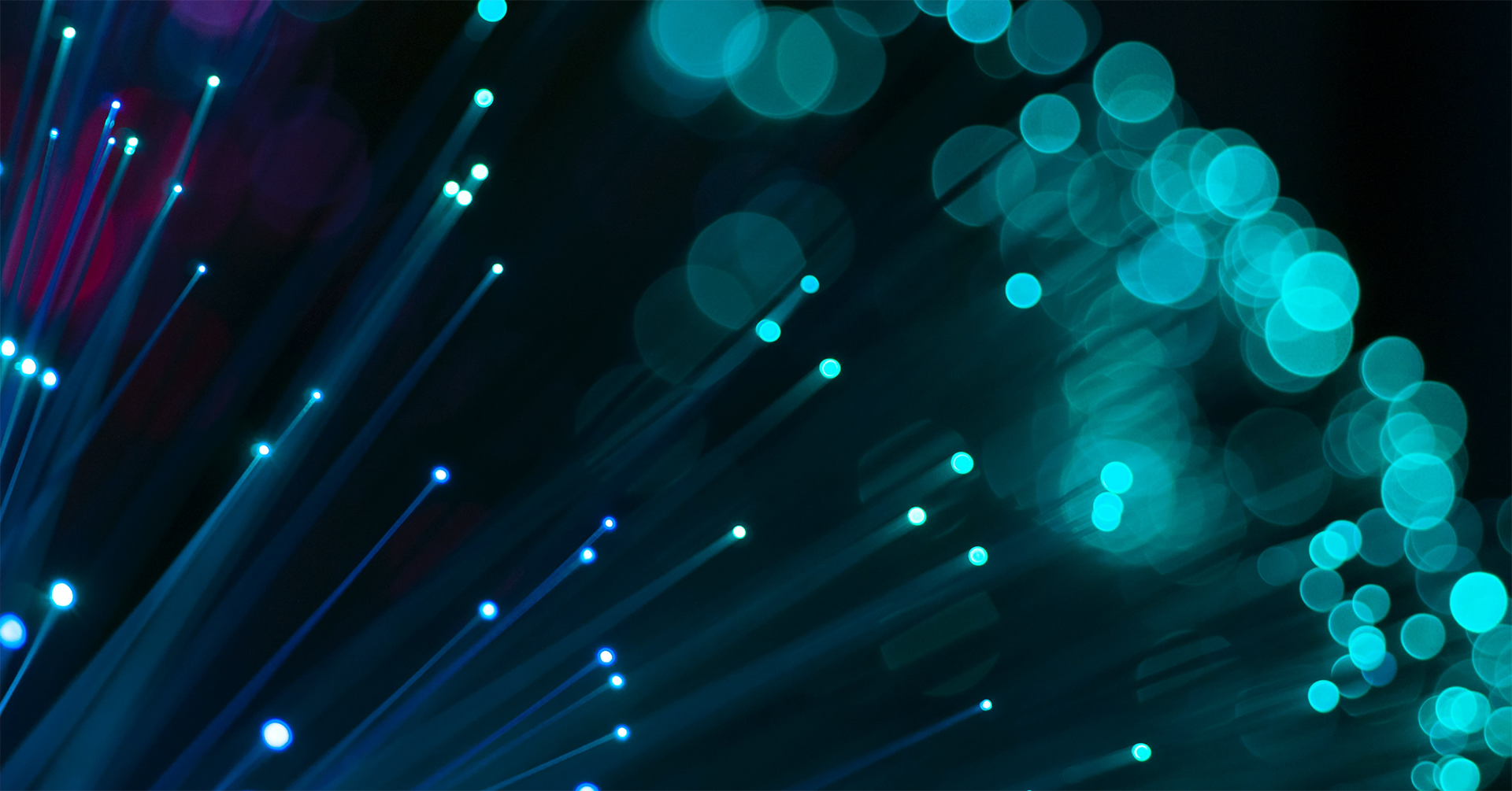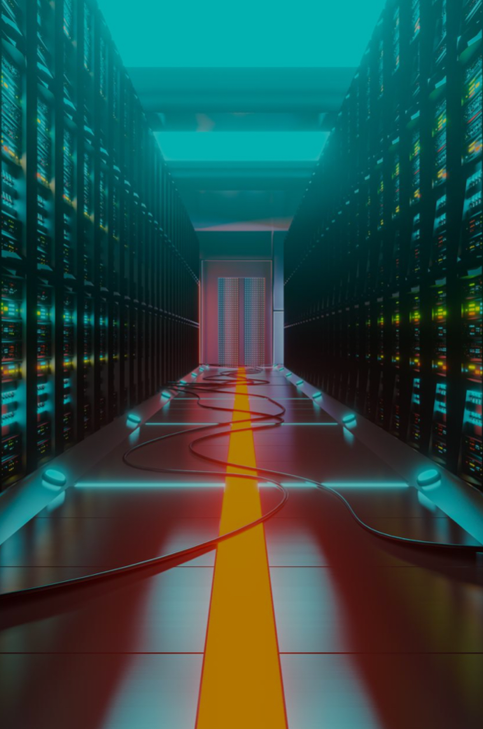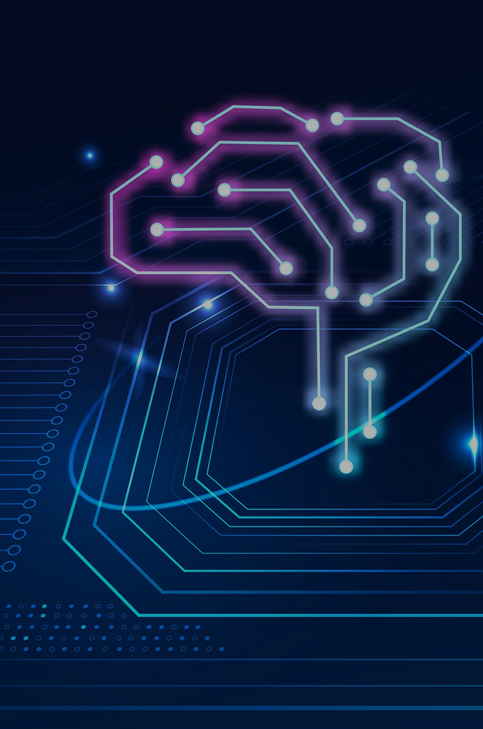IoT and IIoT:
uses and benefits

“The Internet of Things (IoT) is the network of physical objects that contain embedded technology to communicate and sense or interact with their internal states or the external environment.” is the formal definition of Gartner Glossary.
Put simply, IoT refers to a set of technologies that allow any kind of device to be connected to the Internet. For example, think about Alexa. This is nothing new and is clear for all (except for the grandmothers or boomers probably!).
IoT knows, potentially, no application boundaries, even if now the principal areas of application are:
- Smart Home – Solutions for automated and/or remote management of systems and connected objects in the home.
- Smart City – Monitoring and managing of city elements.
- Smart Car – Connection between cars or between cars and the surrounding infrastructure
- Smart Agriculture – Monitoring micro-climatic parameters to support agriculture
- Smart Metering – Connected meters for measuring energy consumption
Last but not least, IIoT. The acronym for Industrial Internet of Things identifies the extension and use of the IoT in industrial sectors and applications.
By interconnecting all the industrial devices through technology, it creates a system that can monitor, collect, exchange, analyze, and deliver valuable new insights. Naturally, because of its potential to enable faster and better decision making, IIoT has become essential to supply chain processes worldwide.
How does the D-one platform leverage the IIoT?
D-ONE collects numerous process data from the machines and is turns them into real time relevant information to the right people, enhancing full end-to-end product traceability.
Our approach is based on a fully connected way of making things:
- Integration with current Scada systems to collect real time data from machines (quantity, process data, etc.)
- Integration with existing devices, sensors, and PLC.
- Big Data analytics, connecting machine and process data, enables continuous improvement.
- Zero default /deviation, Reactivity, Traceability, Predictability
What does d-one IIoT enable?
Connected Factory
Digital process integration of multiple stand-alone processes, machines and systems to reduce manual activity, prevent errors and enable a lean and traceable workflow and material flow into the shop floor.
Moving to a real time factory environment for control, optimized and responsive operations while elimination of compartmentalized data.
Visual Factory
Real time Factory dashboards for a visual workspace in all areas in the factory to (remotely) monitor and control. Lean and easy way of providing necessary insights with the right group at the right place at the right moment.




